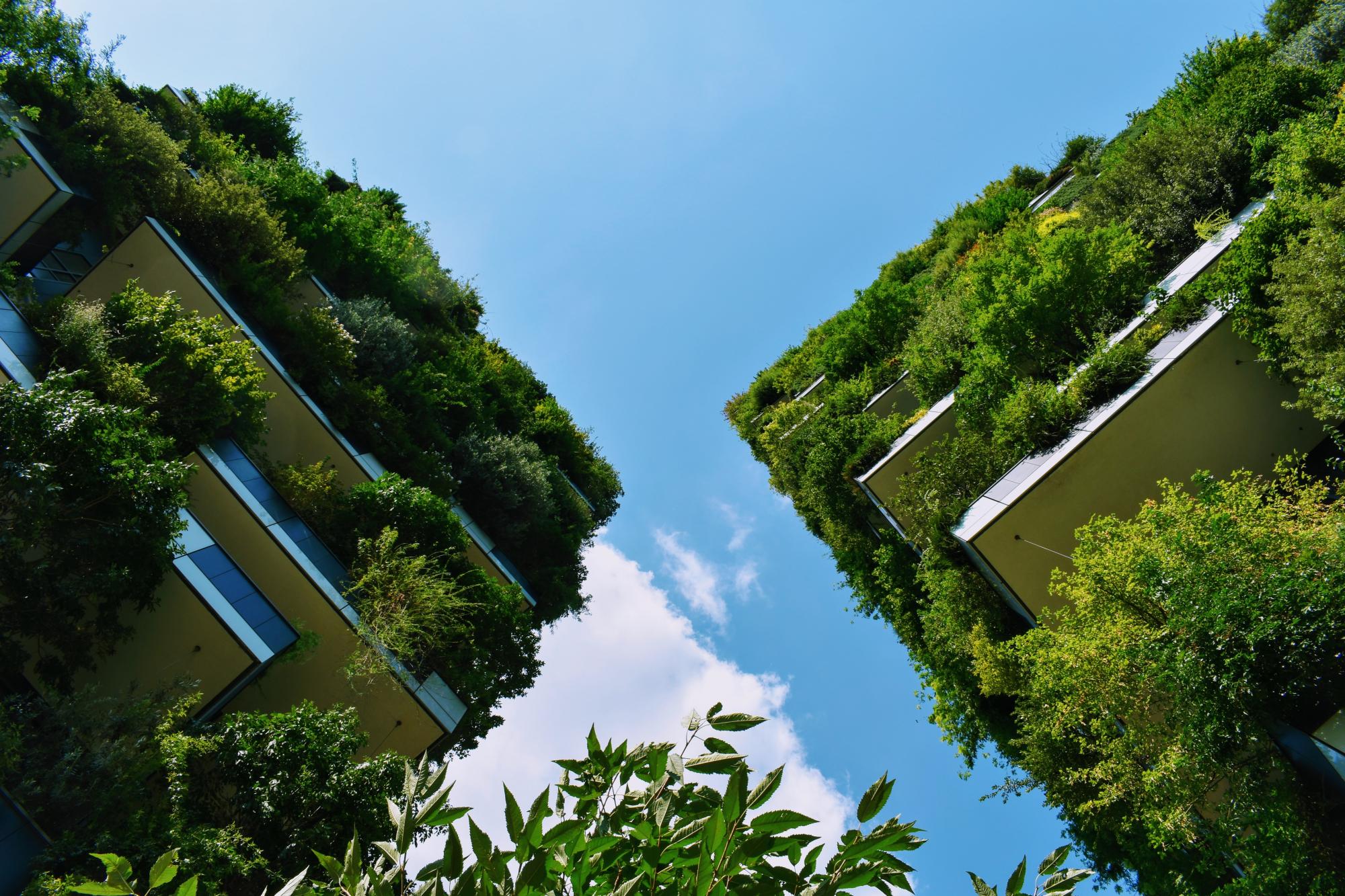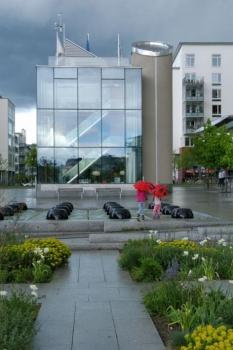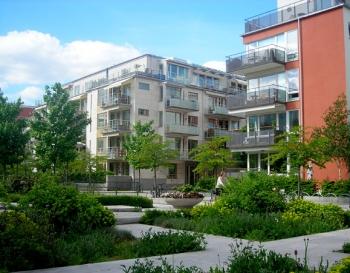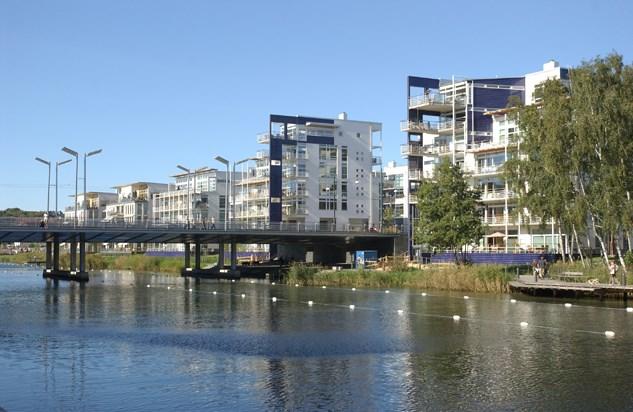Hammarby Sjöstad is the first eco-city district in Stockholm. It is a 'town around a lake' where the planning work begun in the 1980s with an opportunity to expand the inner city of Stockholm. It is one of Stockholm's biggest urban development project and it focuses on water, energy and eco-friendly solutions. As a part of the ambition to create an eco-friendly city district, investments in e.g. green spaces, walkways and several large parks have been made. Furthermore, the Hammarby Model is the eco-cycle which describes environmental solutions used for energy, waste and water and sewage. It was established with a focus on 7 key areas: soil remediation, urban form, transportation, green buildings, energy, waste management, and water efficiency. (Ref. 1, 2, 11)
Overview
Nature-based solution
- Parks and urban forests
- Large urban parks or forests
- Pocket parks/neighbourhood green spaces
- Green corridors and green belts
- Blue infrastructure
- Lakes/ponds
- Green areas for water management
- Sustainable urban drainage systems
Key challenges
- Water management (SDG 6)
- Stormwater and rainfall management and storage
- Green space, habitats and biodiversity (SDG 15)
- Green space creation and/or management
- Environmental quality
- Waste management
- Inclusive and effective governance (SDG 16)
- Effective management
- Sustainable consumption and production (SDG 12)
- Sustainable consumption
Focus
Project objectives
Implementation activities
Main beneficiaries
- Local government/Municipality
- Public sector institution (e.g. school or hospital)
- Citizens or community groups
Governance
Management set-up
- Co-governance with government and non-government actors
Type of initiating organisation
- Regional government
- Local government/municipality
Participatory approaches/ community involvement
- Co-planning (e.g. stakeholder workshops, focus groups, participatory mapping)
- Co-management/Joint management
Details on the roles of the organisations involved in the project
Project implemented in response to ...
Financing
Total cost
Source(s) of funding
- Public national budget
- Public local authority budget
- Corporate investment
Type of funding
- Direct funding (grants, subsidies, or self-financed projects by private entities)
Non-financial contribution
Impacts and Monitoring
Environmental impacts
- Climate change
- Energy efficiency improvements
- Environmental quality
- Improved air quality
- Improved waste management
- Improved soil quality
- Green space and habitat
- Increased green space area
- Increased conversion of degraded land or soil
- Restoration of derelict areas
Economic impacts
- Unknown
Socio-cultural impacts
- Unknown
Type of reported impacts
Presence of formal monitoring system
Presence of indicators used in reporting
Presence of monitoring/ evaluation reports
Availability of a web-based monitoring tool
References
Ref. 2. Stockholms Stad (2015) Stockholm - the first European Green Capital. The Capital of Scandinavia. Source: Source link [Accessed 13.08.2020]
Ref. 3. Stockholms Stad (n.d.) Hammarby Sjöstad. Stockholm växer. Information obtained: 2017-06-06. [Website not available in 2020]
Ref. 4. Fränne, L. (2007) Hammarby Sjöstad - a unique environmental project in Stockholm. Stockholm, GlashusEtt. Source: Source link [Accessed 13.08.2020]
Ref. 5. Naturvårdsverket (2008) Hammarby Sjöstad visar kretsloppstänkande. Goda exmpel hållbara städer. Source: Source link [Accessed 13.08.2020]
Ref. 6. Gaffney, A., Huang, V., Maravilla, K. & Soubotin, N. (2007). Hammarby Sjostad - Stockholm, Sweden: A case study. CP249. Source: Source link [Accessed 13.08.2020]
Ref. 7. World Urban Campaign (n.d.) Hammarby Sjöstad is Stockholm's biggest urban development project for many years. Information obtained: 2017-06-06. Source: Source link [Accessed 13.08.2020]
Ref. 8. Global Utmaning (2012) Utvärdering av Hammarby Sjöstads miljöprofliering. Hammarby sjöstads miljömål och sociala mål. Information obtained: 2017-06-06. Source: Source link [Accessed 13.08.2020]
Ref. 9. Hellström, D. (2005) Slutrapport från modellstaden Hammarby Sjöstad. Rapport 2005:4. Göteborg, Chalmers Tekniska Högskola, Mistra. URL: Source link [Accessed 13.08.2020]
Ref. 10. INTERREG IVC (2014) INTERREG IVC analysis report. Climate change. URL: Source link [Accessed 13.08.2020]
Ref. 11. Bernard, C., Eleazar, A. and Huddlestun, R.M., 2019. Hammarby Sjöstad: Planning Precedent. URL: Source link [Accessed 13.08.2020]
Ref. 12. SOLLY, A. (2016). From post-industrial wasteland to eco success: the innovative renewal of Hammarby SjöSource link Source link
Solaripedia (2020) Project: Hammarby Sjostad Wastes Not (Sweden). URL: Source link [Accessed on 16.8.2020]



